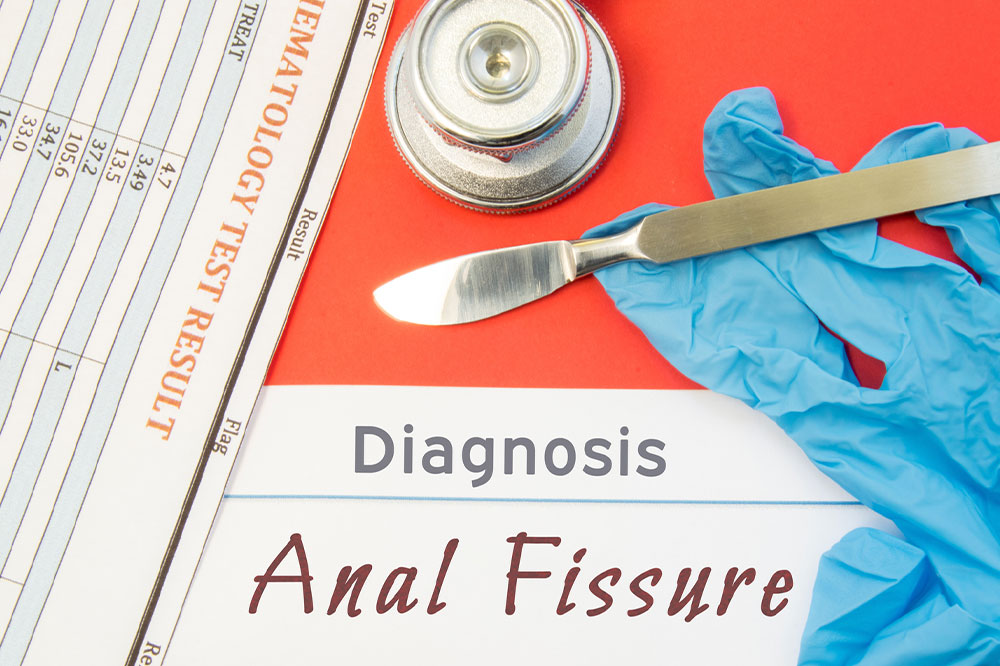Effective Strategies for Fistula Management
Learn about various types of fistulas and the most effective management strategies. Surgical options like fistulotomy, seton drain, and flap procedures are explained, along with alternatives such as colostomy and innovative treatments. Proper diagnosis and personalized care are key to successful healing and function preservation.
Sponsored

A fistula forms when an abnormal channel develops between two normally separate organs. Commonly, this occurs between an intestine and the skin, or between the rectum and vagina. Causes often include inflammatory diseases like Crohn’s disease. Treatment involves surgical procedures aimed at repairing or removing these abnormal pathways. Various types of fistulas exist, including perianal, rectovaginal, colovaginal, vesicovaginal, and urethrovaginal fistulas. Management focuses on complete closure, preservation of sphincter function, and preventing future infections.
Common types of fistulas include:
Anorectal fistulas: Develop between the anal skin and canal.
Rectovaginal fistulas: Connect the rectum to the vagina.
Colovaginal fistulas: Form between the colon and vagina.
Vesicovaginal fistulas: Involve an opening between the bladder and vagina.
Urethrovaginal fistulas: Occur between the urethra and vagina.
Typically, surgery is the main treatment for fistulas, with options depending on their complexity, location, and cause. The goal is to thoroughly close the fistula while safeguarding surrounding muscles. Due to the risk of recurrence and infection, conservative remedies are limited. Maintaining a healthy diet, hydration, and avoiding unhealthy foods can support healing. Common surgical approaches include:
Fistulotomy: A simple procedure to cut and open the fistula tract, promoting healing with minimal muscle impact.
Seton Drain: Used for complex fistulas, involving threading a special stitch to keep the tract open, allowing ongoing drainage and reducing infection risk.
Endorectal Advancement Flap: Involves removing infected tissue and covering the internal opening with a tissue flap, preserving sphincter function.
LIFT Procedure: Closes the fistula tract by ligating it between sphincter muscles, often after initial seton use.
Temporary Colostomy: Creates an opening to divert stool, particularly for rectovaginal fistulas, allowing healing. The stoma is later closed, restoring normal bowel function.
Other treatments include endoscopic ablation, fistula plugs to aid healing, and medical glues for closure. Consulting a healthcare professional ensures personalized and effective management of fistulas.





